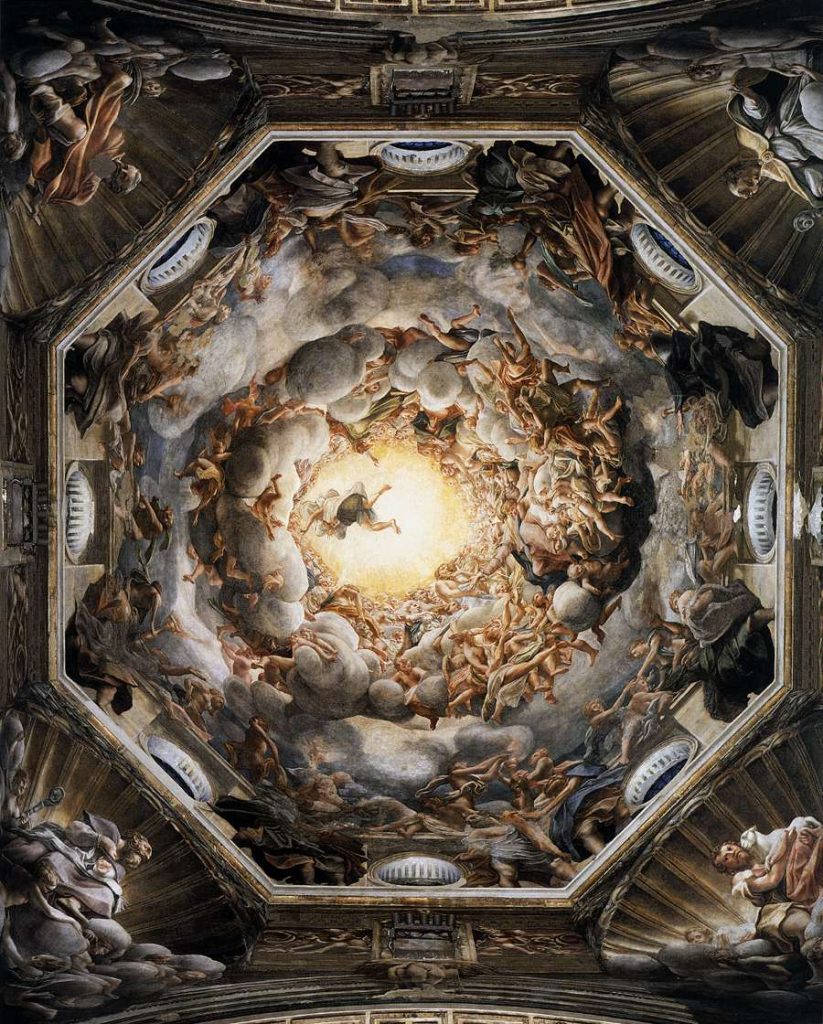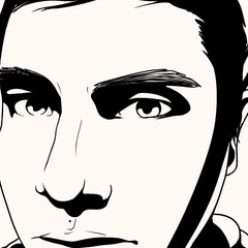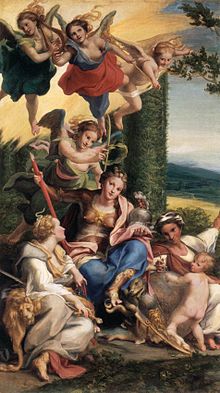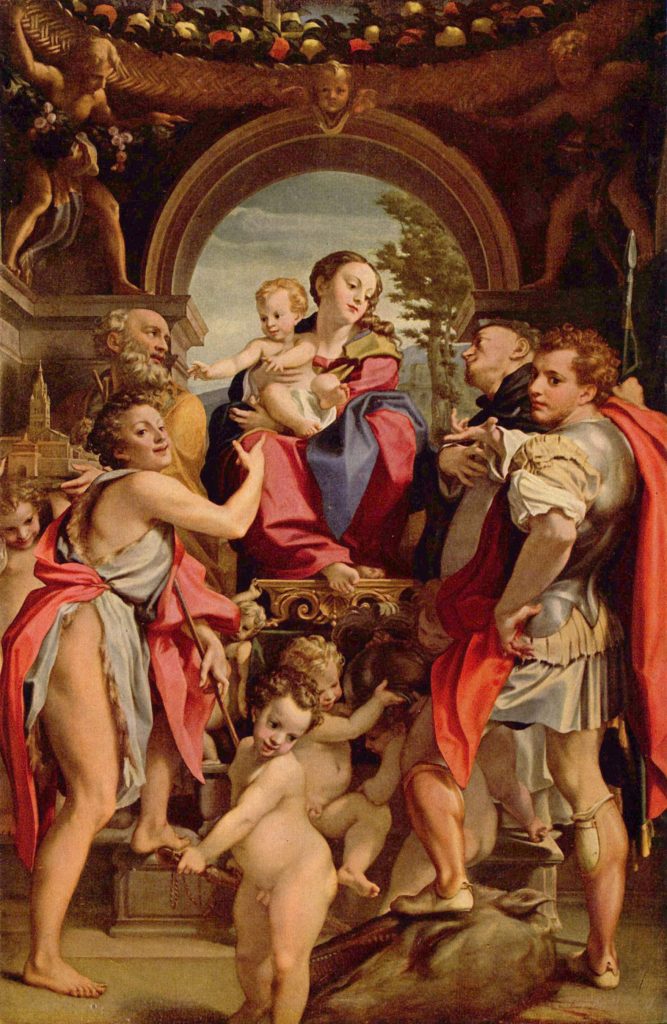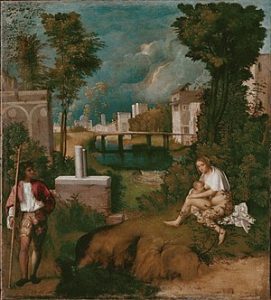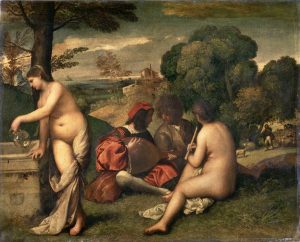Antonio Allegri, or simply called Correggio, was a Venetian painter born around 1489 and died in 1534 and was most active in the High Renaissance. He was more active in the Parma school of High Renaissance artistry which he established when he moved to Parma in 1516. He got most of his influence from the works of Leonardo da Vinci’s pupils on the ways of light and shade, which he used to work out entirely new effects that influenced many later schools of painters.
His most famous painting, titled ‘Holy Night’ is a great example of this new direction.

The clever use of lighting, in a way that I personally rarely see, comes from the Christ Child which lights up and almost obscures Mary, the happy mother. Using this effect, and by shadowing the figures in the background, the viewer’s gaze in brought to the main subject, the Christ Child, in a great way.
